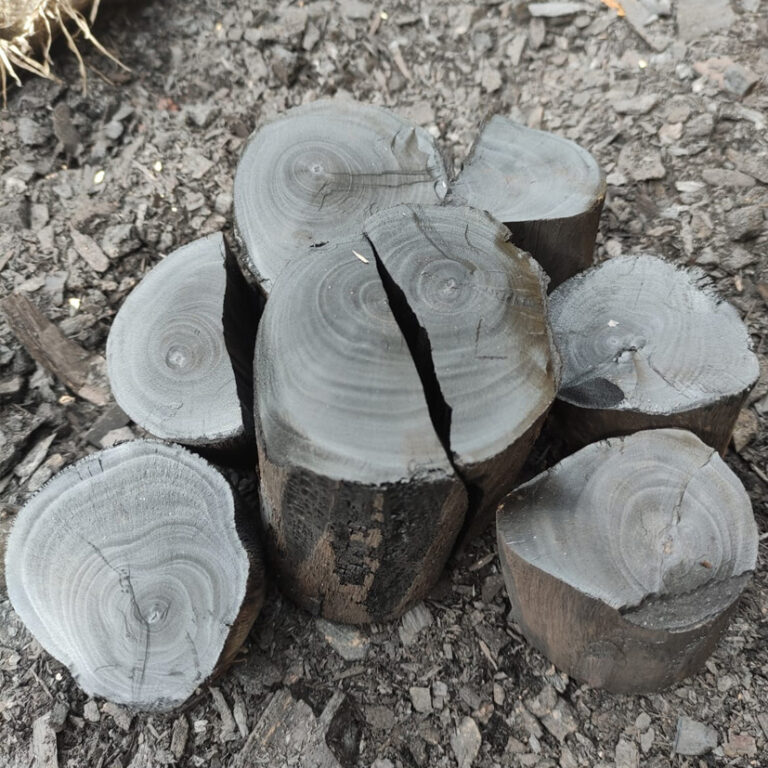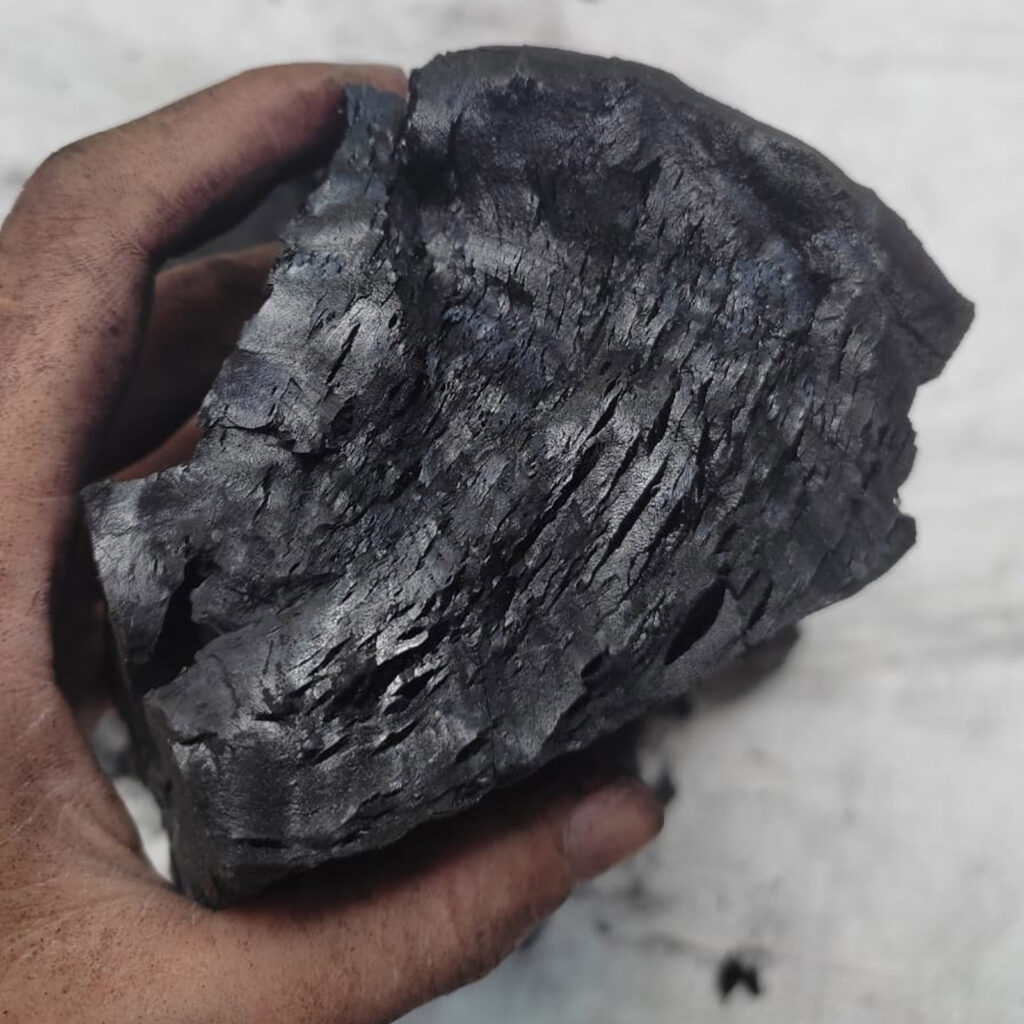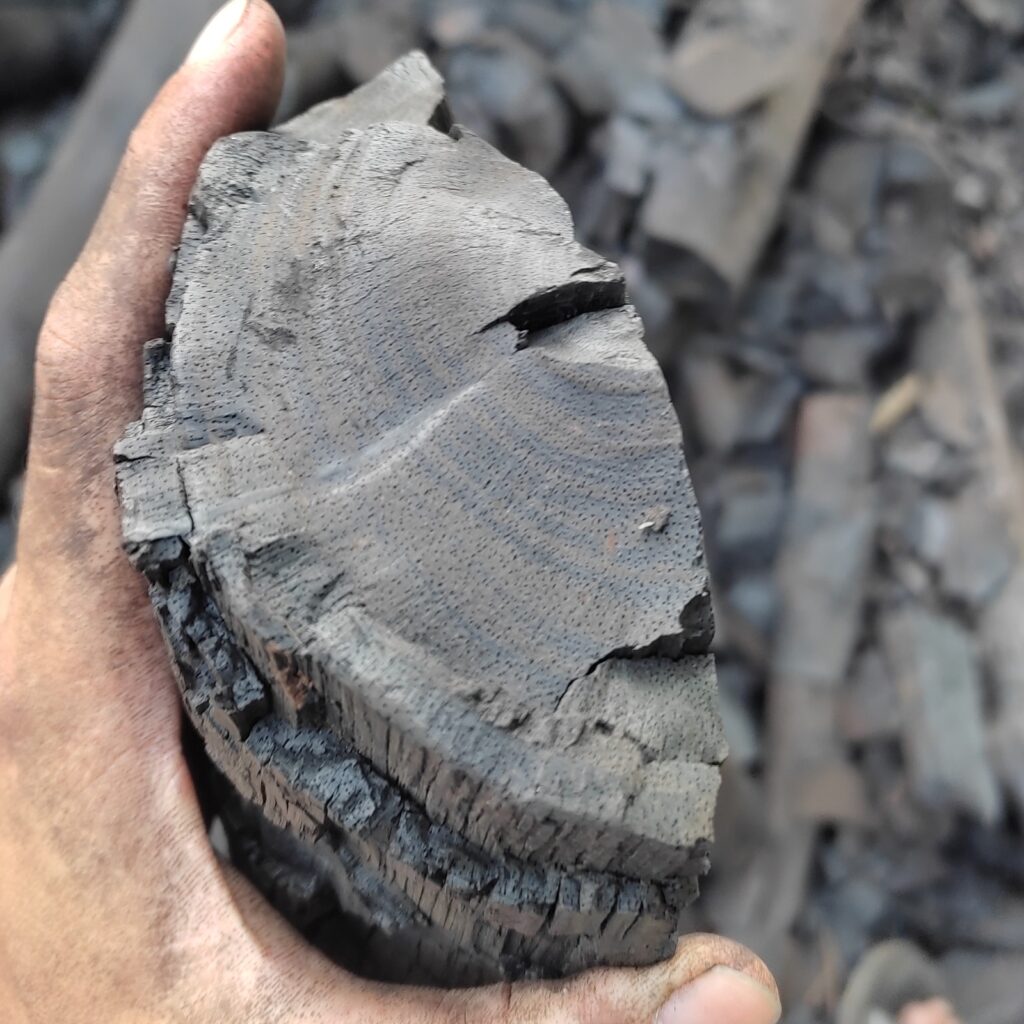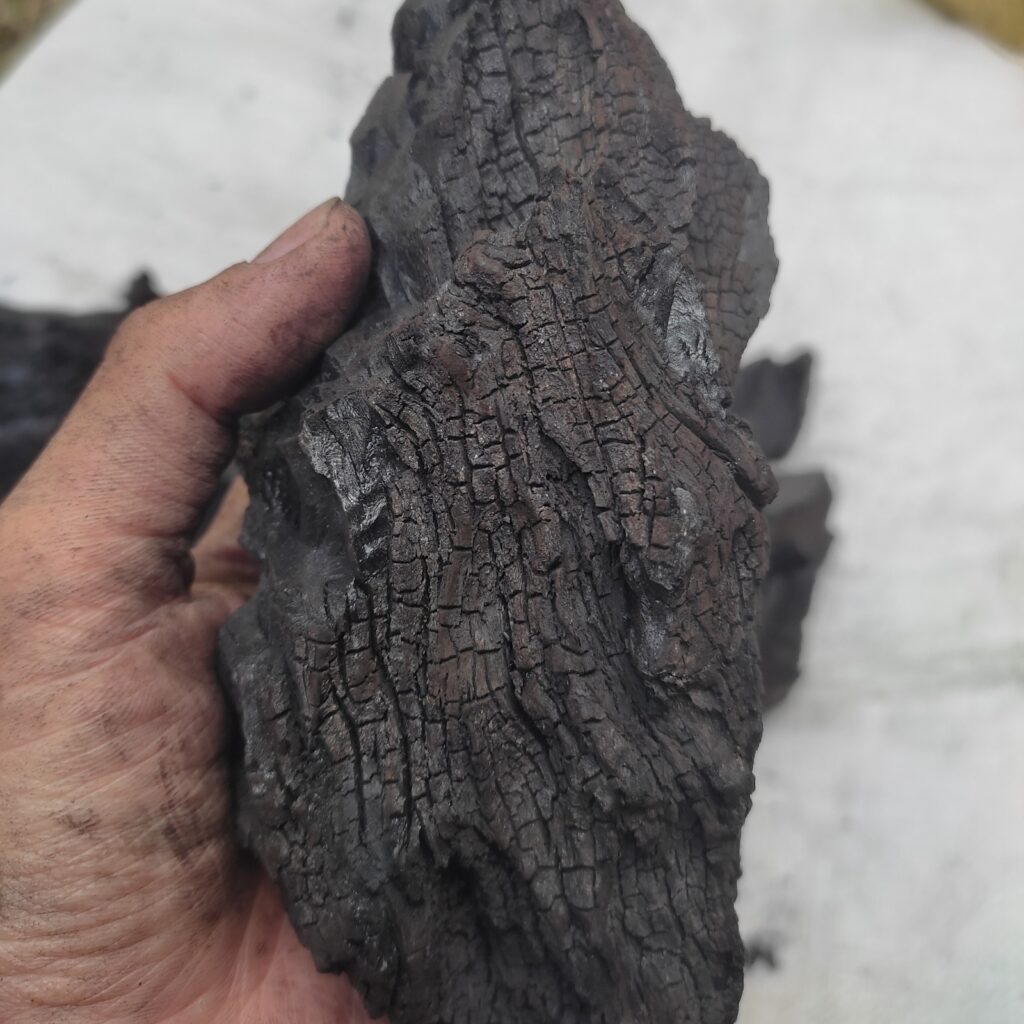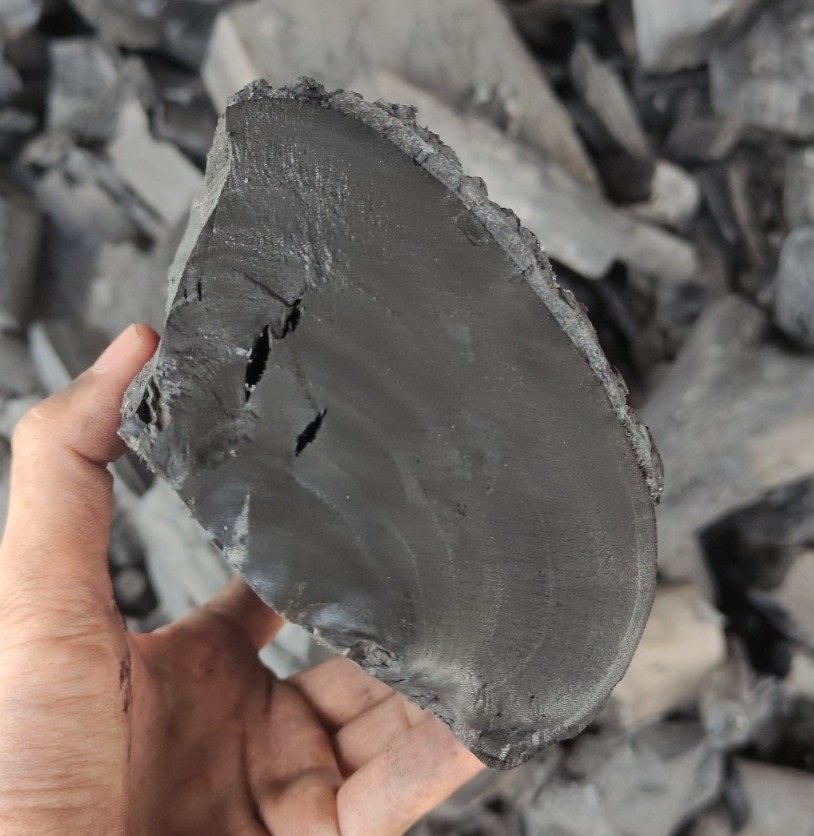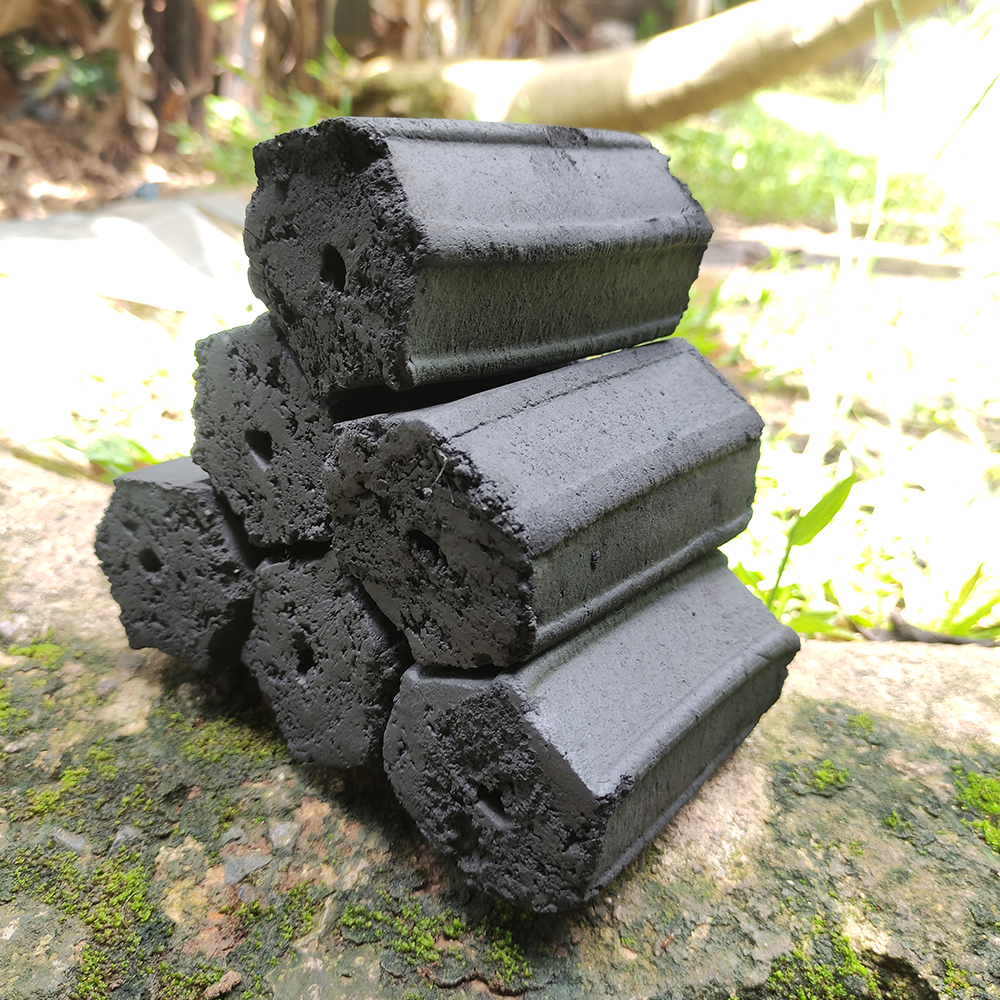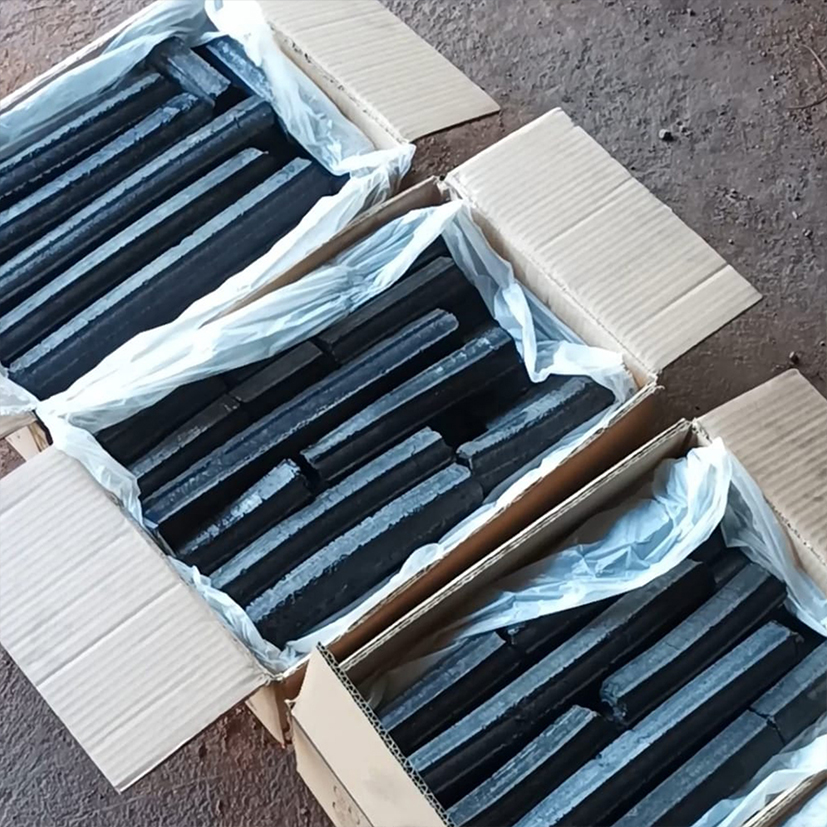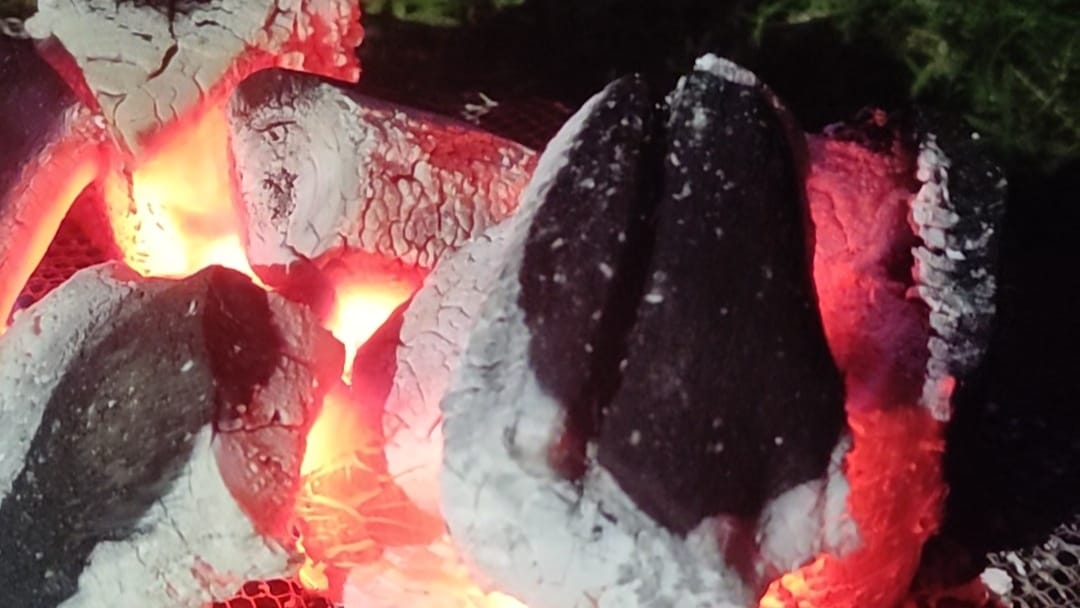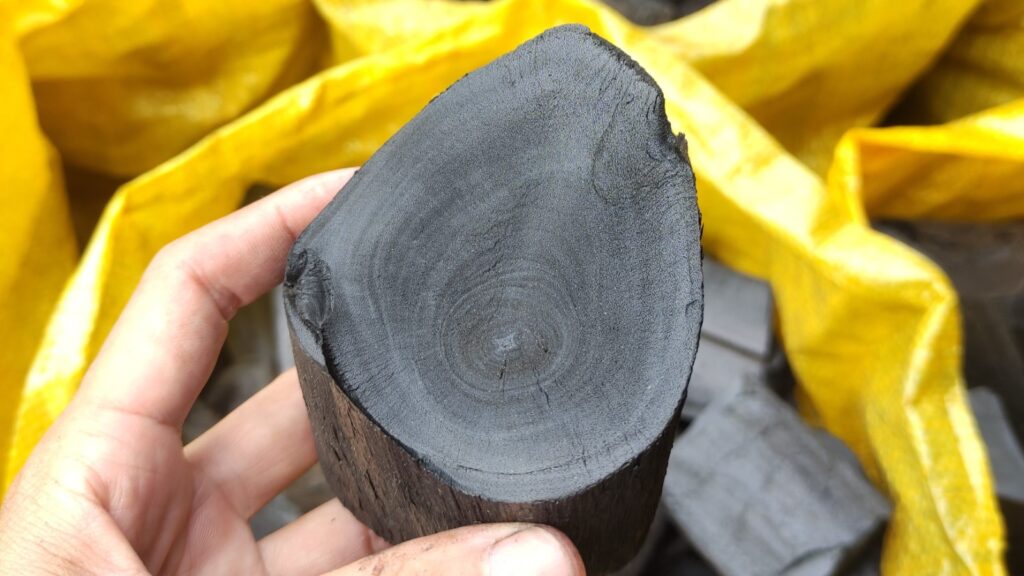
Halaban Charcoal from Indonesia. Indonesia has an international reputation for producing high-quality charcoal, one of which is Halaban charcoal from Kalimantan. Halaban is a type of wood that grows abundantly in the tropical forests of Kalimantan, and it is highly valued for the distinctive aroma produced when it is burned. Halaban charcoal from Indonesia has become the preferred choice in international markets, especially in the Middle East, due to its superior quality. This article will discuss in detail the advantages of Halaban charcoal and its unique production process.
Advantages of Halaban Charcoal
Halaban charcoal from Indonesia is known for its excellent quality. One of the main reasons for this is the carbonization process carried out using traditional kiln techniques, employing a vacuum method to naturally stop the burning process. Halaban produces charcoal with a distinct aroma and is lighter in weight, making it highly sought after in international markets. It also has a longer burn time compared to other types of wood, making it ideal for long-term use, especially for culinary needs in countries such as Saudi Arabia and the United Arab Emirates.
In addition, Halaban charcoal has a shiny appearance and is very clean, with minimal dust or impurities, which is often a problem with other charcoal products. Halaban also contains less moisture, making it more efficient and producing optimal heat. Because of its high quality, Halaban charcoal from Indonesia has successfully gained a place in the global market.
Halaban Charcoal Production Process
The production process of Halaban charcoal begins with the careful selection of quality Halaban wood. This wood is harvested from the forests in Kalimantan, the natural habitat of the Halaban tree. Once the wood is selected, the next step is to cut the wood into appropriate sizes for further processing.
At this stage, the wood is placed into a burning furnace or kiln. The carbonization process lasts for 15 to 25 days. During this stage, temperature and pressure are carefully controlled to ensure the wood is transformed into charcoal with the best quality. One of the techniques used in the production of Halaban charcoal is the vacuum method or “mati hampa,” which stops the burning process naturally. This differs from the more commonly used method, such as extinguishing with water, which can reduce the quality of the charcoal.
After the carbonization process is complete, the Halaban charcoal is allowed to cool before being packaged for distribution. Halaban charcoal is not only used for culinary purposes but is also widely used for industrial and craft applications.
Why is Halaban Charcoal from Indonesia Popular in the International Market?
The demand for Halaban charcoal from Indonesia continues to increase in international markets, especially in the Middle East. One of the main factors driving this demand is the high quality and the unique aroma produced by Halaban charcoal. Countries like the United Arab Emirates and Saudi Arabia have become important markets for Indonesian charcoal exports, as Halaban charcoal is widely used for barbecues and cooking traditional dishes.
Indonesia has an advantage in terms of both production quantity and the quality of Halaban charcoal. With large production capacity, Indonesia is ready to meet the demands of the international market, including Japan, which has also become one of the major importers of Indonesian charcoal.
Conclusion
Halaban charcoal from Indonesia is an exceptional product that is highly valued in international markets. Its superior quality, unique aroma, and environmentally friendly production process make Halaban charcoal the preferred choice for many consumers in the Middle East. If you are interested in purchasing Halaban charcoal or learning more about this product, you can visit Wikipedia about Charcoal for more details. To explore more about companies producing Halaban charcoal, visit Banua Ekspor Mandiri.

